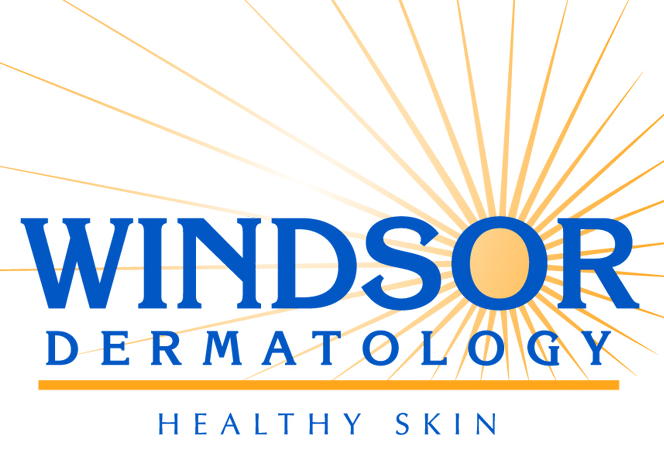Teresa Zawada, Licensed Aesthetician
It’s an era of youth. People are not only looking younger
but are feeling younger—and decades seem to now be going in reverse. 50 is
the new 40, 40 is the new 30 and communities are now being built for the
“active adult.” With such an increase in liveliness, Baby Boomers are
more open to techniques to look on the outside how they feel on the
inside.
The truth is some of us are too nonchalant about our skin
routines, and after that, we accumulate enough damage on our skin that we will
spend endless hours on dwelling on in the mirror in our later years.
Although prevention is the best way to keep yourself looking ten years younger
than you actually are, let’s focus on the majority of people who are now
looking for a fix later in life.
The Value of Vitamin A
and Sunscreen
Beginning in your 30s, the years of building sand castles
without sunscreen, or taking a few trips here and there to the tanning salon
“just to get a base tan,” have markedly diminished your skin’s collagen and
elastin production. Fine lines, crow’s feet and lines that linger after
your done smiling are more noticeable. This may be THE tell-tale sign of age. If you want to address all those
concerns at once, use a topical Vitamin A at least three times a week,
gradually increasing up to nightly, depending on skin sensitivity and
response. Benefits will include:
· -
An
increase in cell turnover leading to an improvement in skin tone and texture
·
- Plumper
skin contributed to the stimulation of collagen and elastin
·
- A
reduction of fine lines.
After a couple
months usage, coupled with a sunscreen in the morning, you’ve now eliminated
about four years.
Combatting Age Spots
Another tell-tale
sign of aging are spots. Freckles are cute when we’re five years old, but not
many of us appreciate an uneven sheen of dark areas when we get
older. It’s worth it to take a trip to the dermatologist to be prescribed
a topical hydroquinone, or a more natural kojic acid (available without a
prescription), which can lift and erase areas that have been hyperpigmented
over the years.
If a more
aggressive treatment is needed, lasers can be used over the entire face or just
in the areas affected. Lasers would also be beneficial for any unsightly
broken blood vessels that are unaffected by topical treatments, or even for a
full face refresher, keeping in mind that a potential week recovery is
necessary for the skin with many laser treatments.
Pump Up the Volume
Loss of volume is
another unfortunate side effect of aging. Because no topical cream can
actually plump the skin like a filler can, talk to your doctor about the
fillers Juvéderm® or Restylane® for instant gratification for naso-labial
folds, marionette lines and to plump up a thinning lip. Unlike fillers
that add volume, the ever popular BOTOX® cosmetic is a subtle treatment that
relaxes the lines between the brows, forehead and Crow’s Feet areas—almost
instantly erasing years from your face.
Beauty Inside and Out
Lastly and very
importantly, remember that the skin can reflect internal processes. A
glass of water every morning with a fresh squeezed organic lemon in it will
stimulate the body, boost the immune system, help clear skin and give your body
(skin included) a dose of healthy Vitamin C.
If you have
specific questions about skin care, please post them on Windsor Dermatology’s
Facebook page, or call (609) 443-4500 to schedule a consultation.







